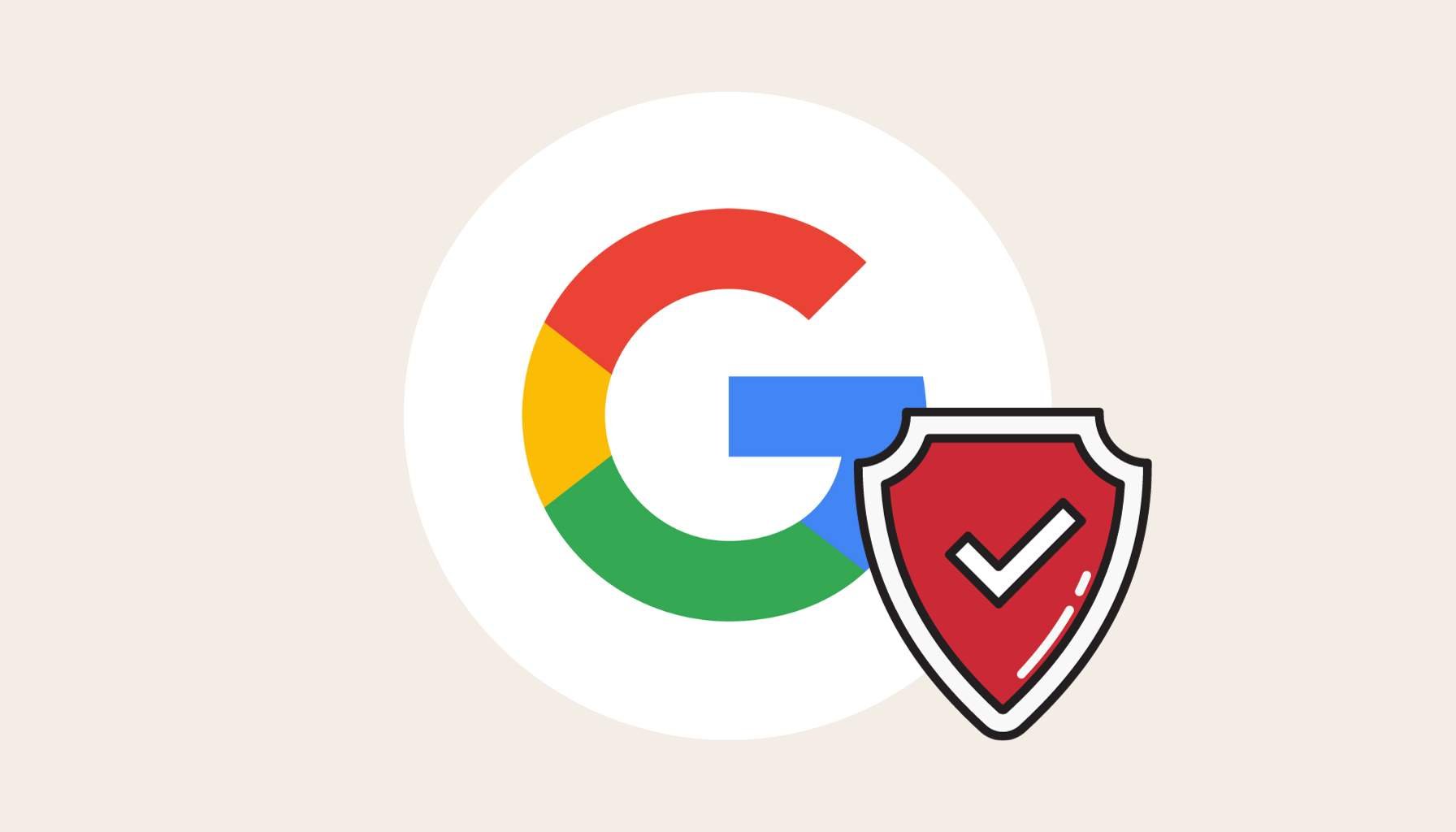Google's Consent Mode v2: What It Means for Your Business
We put together this article for anyone who either wants to quickly familiarize themselves with the upcoming Google Consent Mode v2 changes or needs to pass this information off to their technical/development team responsible for implementation.
This article is designed to provide a clear and concise overview of the upcoming changes related to Google's introduction of Consent Mode version 2 (v2). As we previously mentioned, we aim to help both non-technical and technical teams (developers) in understanding, preparing for, and implementing these changes. The implementation of Google Consent Mode v2 is crucial for maintaining compliance with the latest data privacy regulations.
What is Google Consent Mode?
Google Consent Mode is a feature that users can integrate into their website, typically through Google Tag Manager. It's designed to manage how the website collects and uses visitor data in accordance with their privacy choices. When a visitor on the site chooses whether or not to allow cookies, Consent Mode ensures that their decision is respected and communicated to Google's tools like Google Ads.
What is Changing?
Google Consent Mode v2, introduced in late November 2023, is an updated version of the original Consent Mode. It changes the way websites communicate users' cookie consent choices to Google's services, such as Google Ads. The key changes include:
Introduction of two new parameters: 'ad_user_data' and 'ad_personalization'.
Mandatory implementation for all websites using Google services by March 2024.
Two implementation options (Basic and Advanced).
Requirement of a compliant cookie banner in line with GDPR and e-privacy directive.
Applicability to both web and server-side tracking.
Steps for Implementation
To make the implementation process easier, we recommend using a consent management platform like Cookiebot. Cookiebot not only helps you get a consent management solution up and running quickly, but they also have a free compliance checker you can use to audit your website.
If you don't want to handle implementation yourself, follow the steps below.
Reach out to your development team (they should take it from here)
Inform them about the upcoming changes and provide this guide.Assess current Consent Mode implementation
Determine if your website is already using the original Consent Mode.Choose implementation level
Decide between Basic or Advanced implementation based on your data collection needs.Update or implement cookie banner
Ensure your website's cookie banner complies with the latest standards.Configure Google Tag Manager
Update settings to incorporate the new Consent Mode v2 parameters.Test and validate
After implementation, ensure everything works as expected and is compliant with regulations.
Timeline
The implementation of Google Consent Mode v2 should be completed by March 2024. It is recommended to start the preparation and implementation process as soon as possible to ensure a smooth transition. The timeline for implementation will vary based on the current setup and the chosen level of implementation.
Expectations and Impact
By implementing Google Consent Mode v2, you can expect:
Continued compliance with data privacy regulations.
Enhanced user privacy through more specific consent management.
Improved effectiveness of digital advertising and analytics, especially for audiences in the EEA region.
Potential impact on data collection and advertising strategies, depending on user consent rates.
Developer Guidelines
Developers should focus on the following areas for implementing Consent Mode v2:
Integration of new parameters ('ad_user_data' and 'ad_personalization') in the website's Google Tag Manager setup.
Configuration of the website and any related services (like GA4) to respect the new consent choices.
Ensuring that server-side tracking respects user consent and is compliant with GDPR and e-privacy directive.
Implementing these Google Consent Mode v2 changes can get complicated. If you need help understanding what you need to do or have any questions around managing your Google Ads campaigns, reach out to us. Our team specializes in Google Ads management and staying on top of the latest industry requirements. We can provide guidance to make sure your campaigns keep running smoothly through this cookie consent transition.
Frequently Asked Questions (FAQ) about Google’s Consent Mode
More information can be found within Google's help articles: Updates to consent mode for traffic in European Economic Area (EEA).
This article was written with the support of A.I. technology.


